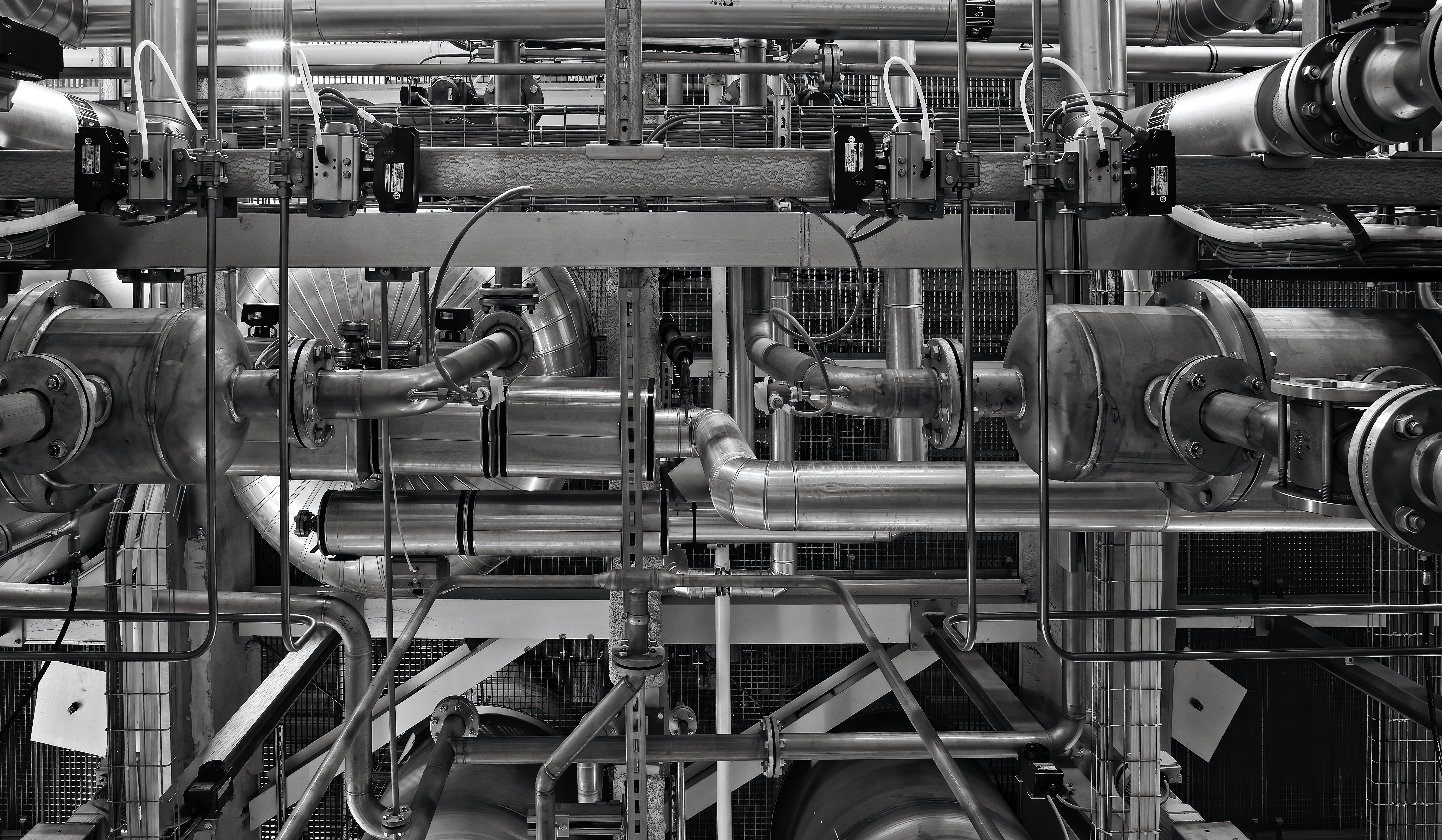
The world of industrial automation has always been one of relentless innovation and transformation. Modular design is a concept that has reshaped the way industries think about flexibility, scalability, and adaptability. Modular design revolves around the notion of designing systems with interchangeable components. These modules, such as Rexroth Indramat HDS servo drives, carry out distinct functions as self-contained units. However, their true power emerges when they integrate seamlessly with other modules, forming a cohesive and powerful system.
The Rise of Modular Design
With wear and tear and the constant need for upgrades and modifications, traditional manufacturing systems often struggle to keep up with the demands of rapidly-changing industries. However, the emergence of modular design has allowed industries to easily replace, upgrade, or rearrange components to simplify and streamline manufacturing processes.
In the 1960s, programmable logic controllers (PLCs) emerged as a game changer in industrial automation, providing the ability to control and automate various processes through the use of software-based instructions. PLCs replaced the old relay logic systems, which were hard-wired and cumbersome to modify. They allowed for modules of inputs, outputs, and various control functions to be added or removed as necessary.
By the late 20th century, industry leaders and organizations began to see the value in standardizing certain components and interfaces. Standards like those from the International Electrotechnical Commission (IEC) provided guidelines for modularity, ensuring that components from different manufacturers could be used interchangeably in many cases.
Today, most modern industrial automation projects utilize modular design principles to achieve more efficient and flexible systems. For instance, multiple modular robots can be combined in different configurations to carry out various tasks, offering versatility and robustness in industries such as manufacturing. Similarly, interchangeable components in the Rexroth Indramat range enable easy maintenance and upgrades.
The Benefits of Modular Design
The rise of modular design in industrial automation has brought about numerous benefits that have revolutionized the industry, allowing for greater production efficiency, cost-effectiveness, and adaptability.
Easy Customization: No two industries are identical, and neither are their automation requirements. Modular design’s flexibility paves the way for customized solutions. Industries can handpick modules that are most suitable for their operations, ensuring maximum efficiency and relevance.
Flexibility for a Dynamic Market: The pace at which market demands fluctuate has never been faster. Manufacturers often find themselves needing to respond effectively to new technologies or changes in market trends. Modular design becomes crucial to flexibility. With the ability to swiftly adapt by rearranging, adding, or removing modules, production lines remain agile without the need for extensive overhauls.
Scalability and Expandability: Every enterprise envisions growth. The beauty of modular design lies in its innate scalability. Businesses can start with a foundational system and incrementally expand by adding modules, tailoring expansion to their growth trajectory. This scalability allows for cost-effective growth and avoids the need for large upfront investments in fixed-parameter systems that may become obsolete.
Overall Cost-Efficiency: One of the standout benefits of modular systems is the potential for cost savings. If a module becomes obsolete or malfunctions, replacing that single unit is invariably cheaper and quicker than revamping an entire system. This approach not only conserves financial resources but also minimizes system downtime, ensuring production targets are not significantly hampered.
Troubleshooting and Risk Management: Modular design inherently streamlines troubleshooting. When a system hiccup arises, pinpointing the problematic module is more straightforward. Remedying the issue often involves taking just that module offline and replacing it with a repair or new module. This also decreases downtime, keeping production interruptions to a minimum and reducing the potential for loss in revenue.
Seamless Upgrading: In the world of industrial automation, staying updated with technological advances is not just beneficial but crucial. Modular systems shine brightly here. As new processes or technologies emerge, integrating a new module into the existing framework ensures production systems remain on the cutting edge.
Rexroth Indramat HDS Servo Drives
Rexroth Indramat HDS servo drives, produced by Bosch Rexroth, were a game-changer in the field of industrial automation when they were first introduced.
These drives, a part of the well-regarded DIAX04 controller family, are known for their precision, reliability, and adaptability. Designed to cater to a wide array of applications, from robotics to general automation tasks, these servo drives ensure seamless performance, delivering the necessary power and control to achieve intricate motion tasks.
Most importantly, the modular architecture of the HDS series allows for efficient energy usage and provides a tailored solution to meet the unique demands of varied industrial applications. From packing to robotics and textiles, these drives are designed to work harmoniously with a variety of motors and integrated systems.
HDS servo drives are equipped with advanced diagnostics and feedback mechanisms to swiftly detect and rectify anomalies, ensuring minimal downtimes and consistent operational efficiency. Although considered a legacy product, the HDS range remains reliable and widely used, and enjoys strong spare parts support from specialist service providers.
Conclusion
Businesses must recognize that agility is paramount in this age of swift technological advancement. By adopting modular systems and components that can be easily reconfigured, expanded, or updated, they can stay agile in the face of rapid technological shifts. This approach not only offers cost-effective solutions and streamlined operations but also paves the way for a more resilient and innovative manufacturing future. These benefits flow down to consumers as well, who can expect to receive high-quality products that are produced efficiently to meet their evolving needs.
